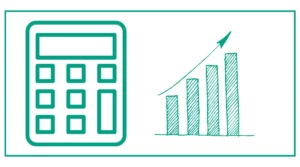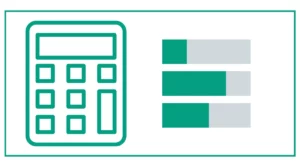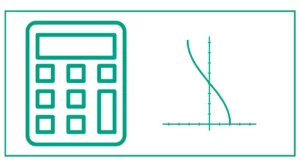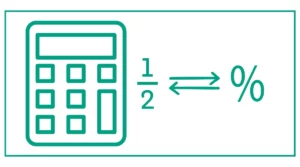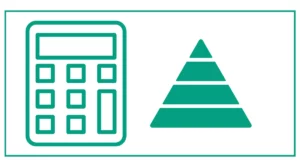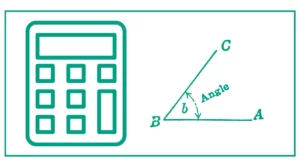Diamond Problem Calculator
Enter any two values to find the remaining ones
This diamond problem calculator helps you calculate the factors, products, and sum of the given diamond problem quantities.
Enter any two values to find the remaining ones.
For example, if you want to find the product and sum, enter the value of factor and factor b in the input fields of this diamond problem calculation tool.
Factor A x Factor B = Product
Factor A + Factor B = Sum
Similarly, you can also calculate the factors by entering the product and sum through this diamond problem solver.

You might also want to calculate the partial sum or might want to determine the unit rate.
What are Diamond Problems?
Diamond problems, also known as diamond math problems, are a type of mathematical puzzle that involves finding relationships between numbers arranged in a diamond shape. These problems typically consist of four numbers: two on the sides (left and right), one at the top, and one at the bottom. The challenge lies in determining the missing values based on the given information and the relationships between the numbers.
The Diamond Problem Formula
The basic diamond problem formula follows a simple pattern:
- The product of the two side numbers equals the bottom number.
- The sum of the two side numbers equals the top number.
This formula forms the foundation of all diamond problems and is key to solving them effectively.
Introducing the Diamond Problem Calculator
The diamond problem calculator is an intuitive tool designed to simplify the process of solving diamond problems. This app enables users to easily calculate the factorization of two numbers, find missing values, and understand the relationships between numbers in a diamond problem.
How the Diamond Problem Calculator Works
The diamond problem calculator operates on a simple principle: enter any two known values, and the tool will calculate the remaining ones. Here’s a step-by-step breakdown of how to use this calculator:
- Input the numbers: Enter any two known values from the diamond problem into the appropriate fields.
- Click calculate: Press the “Calculate” button to initiate the solving process.
- View results: The calculator will display the missing values, completing the diamond problem.
This straightforward process makes the diamond problem calculator accessible to users of all skill levels, from students just learning about factoring to advanced mathematicians looking for a quick solution.
Benefits of Using a Diamond Problem Solver
Employing a diamond problem solver offers several advantages for those working with these mathematical puzzles:
Time-Saving Efficiency
One of the primary benefits of using a diamond problem calculator is the time it saves. Manual calculations can be time-consuming and prone to errors, especially when dealing with large numbers or complex relationships. The calculator enables you to solve diamond problems quickly and accurately, allowing you to focus on understanding the concepts rather than getting bogged down in calculations.
Error Reduction
Human error is a common issue when solving mathematical problems manually. A diamond problem solver eliminates this concern by performing calculations with precision. This reliability is particularly valuable when working on important assignments or when accuracy is crucial.
Learning Aid
For students learning about factoring and number relationships, a diamond problem calculator can serve as an excellent learning aid. By providing step-by-step solutions, it helps users understand the equations and formulas involved in solving diamond problems. This feature is particularly useful for visual learners who benefit from seeing the problem-solving process laid out clearly.
Versatility
A well-designed diamond problem calculator can handle various types of diamond problems, from simple integer-based puzzles to more complex scenarios involving decimals or larger numbers. This versatility makes it a valuable tool for a wide range of mathematical applications.
Practical Applications of Diamond Problems
While diamond problems might seem like abstract mathematical exercises, they have several practical applications in various fields:
Mathematics Education
Diamond problems are frequently used in mathematics education to teach and reinforce concepts such as:
- Factorization
- Number relationships
- Basic algebraic thinking
- Problem-solving strategies
By using a diamond problem calculator, students can check their work and gain confidence in their problem-solving abilities.
Puzzle Solving
Many mathematical puzzles and brain teasers incorporate elements of diamond problems. Having a reliable tool to solve these quickly can enhance the enjoyment of puzzle-solving activities.
Real-World Problem Solving
The principles behind diamond problems can be applied to various real-world scenarios that involve finding relationships between numbers. For example:
- In business, when calculating profit margins based on cost and revenue
- In science, when determining chemical concentrations or reaction rates
- In engineering, when working with force and energy calculations
Example: Solving a Diamond Problem
Let’s walk through an example of how to use a diamond problem calculator to solve a typical problem:
Given:
- Top number (sum): 10
- Bottom number (product): 21
Step 1: Enter the known values into the calculator.
Step 2: Click the “Calculate” button.
Step 3: The calculator displays the results:
- Left factor: 3
- Right factor: 7
- Sum (top number): 10 (3 + 7)
- Product (bottom number): 21 (3 × 7)
In this example, the diamond problem calculator quickly determined that the two factors that multiply to give 21 and add up to 10 are 3 and 7.
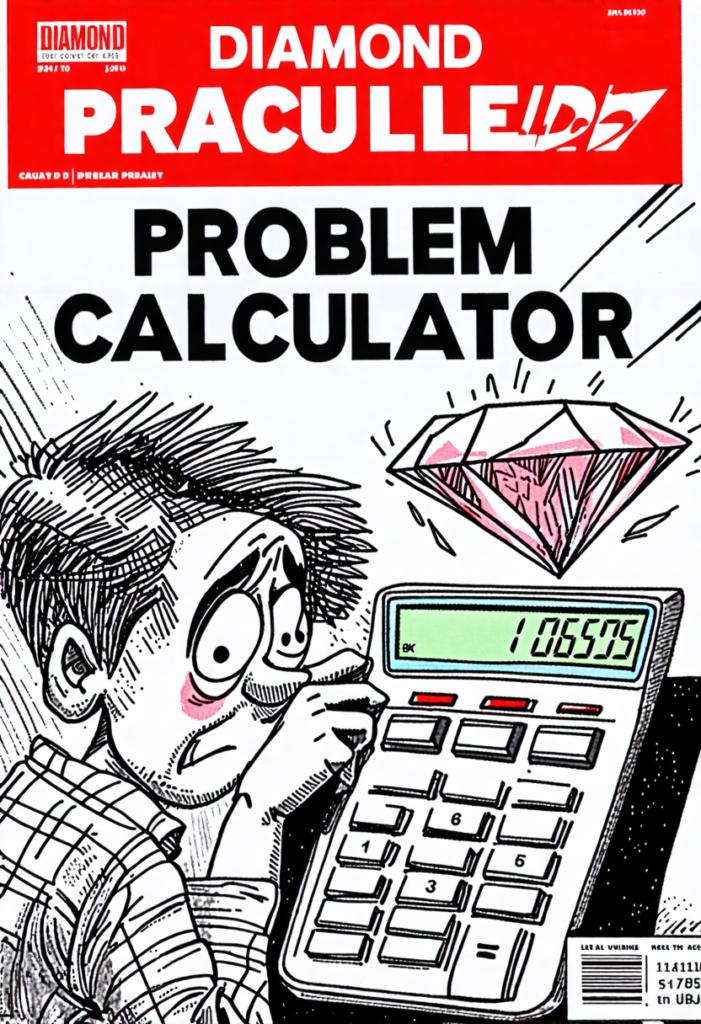
References
- Diamond Problems: How to Do a Diamond Problem in Math. (2023, February 25). Sciencing. sciencing.com/diamond-problem-math-23497.html
- Diamond Problems – The Prime Factorisation of Me. (2018, July 21). Diamond Problems – the Prime Factorisation of Me. primefactorisation.com/blog/2018/07/21/diamond-problems/
